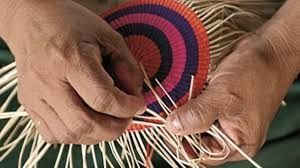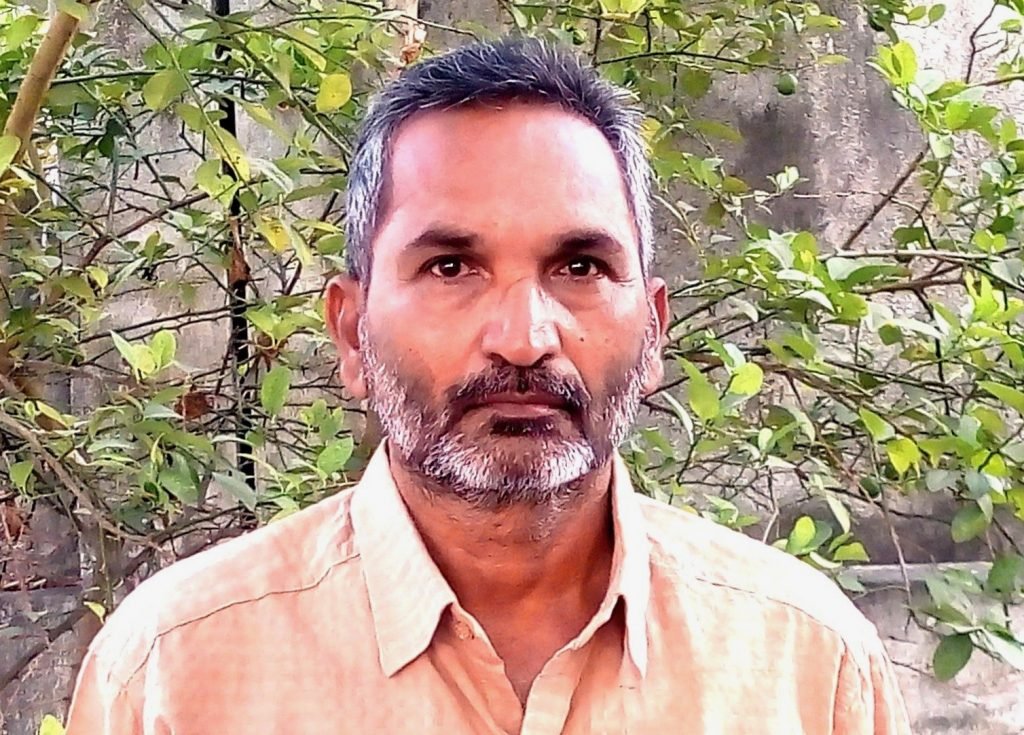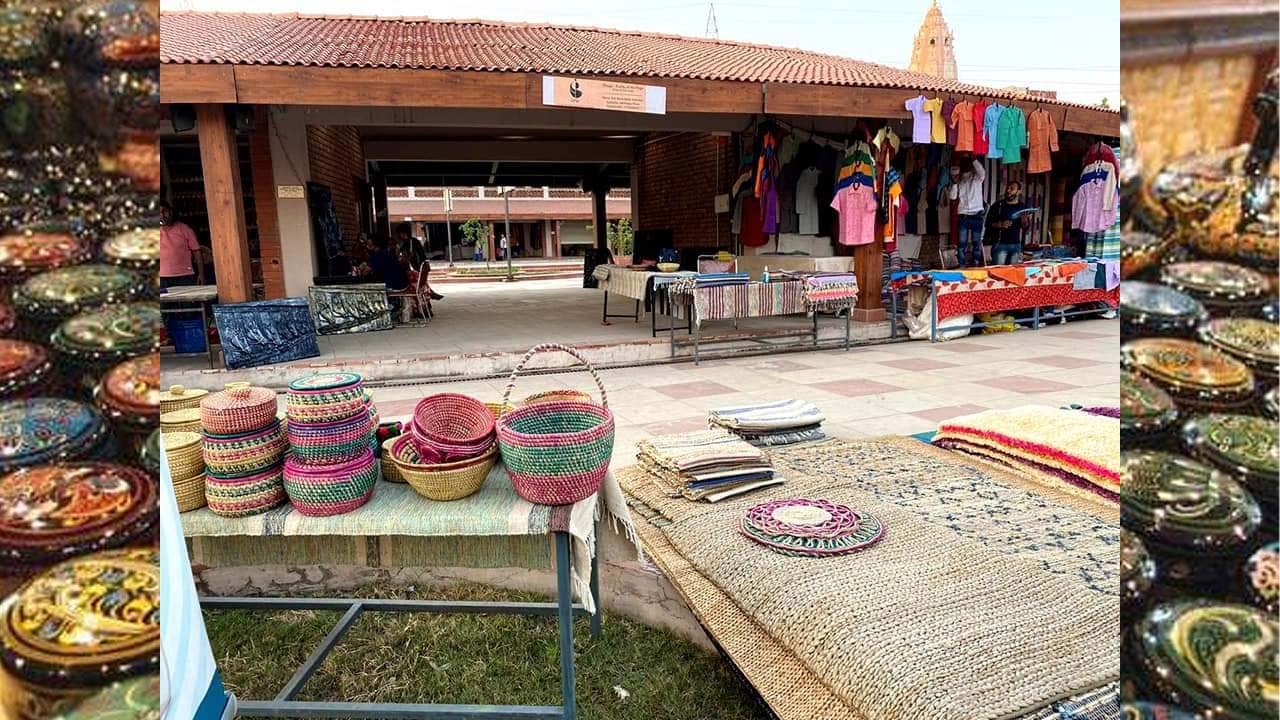As the Centre government recently abolished the All India Handloom Board, the All India Handicrafts Board and scrapped the All India Powerloom Board, there are slew of questions which remain unanswered in the minds of those who have been sweating out in this segment since ages for the growth and development of artisans. The questions including the impact of this decision on future of weavers and craftsmen as well as on prospects of the handloom and handicraft sector etc remain unanswered.
The EBNW Story therefore talks to Macherla Mohan Rao, president of the National Federation of Handlooms and Handicrafts to dig into the details of the outcome of the surprising decision…A few excerpts…
How will the scrapping of such world-renowned institutions impact the weavers and craftsmen?
Abolition of All India Handlooms and Handicrafts Boards is a sign to ruin both these sectors. I really feel this is like ‘Hanging artisans without rope but with Government policy decisions’ in the handmade sectors during the Covid-affected economy. Health emergency and lockdown call was given by Prime Minister Narendra Modi without taking any precautions for food and other groceries of families from March 24 to May 31 this year.
Due to this, handloom weavers and other artisans had no work to sustain their families. The government has given a regular ration for 5kg per person and 1 Kg dal and Rs 1000/- for a family in addition to the regular ration in April. But was it sufficient ?
Those engaged in handmade industry are undergoing a huge debt burden due to government inaction in the lockdown period. Master weavers / Cooperative Societies are not giving raw materials and wages to weavers in AP and Telangana. A total of 12 weavers have committed suicide in Telangana and 2 persons committed suicide in Andhra Pradesh during Covid period as they have no work and are fearing for future. The same situation is continuing in many parts of India among the artisans.
As head of the National Federation Of Handlooms and Handicrafts, could you discuss the importance of institutions like the All Indian Handloom and Handicraft boards, especially for the craft industry?
There is a strong need and importance of All India Handlooms and Handicrafts Boards in present condition.
Lakhs of people have migrated to another village/ nearby town to search for work. No control of yarn prices ( cotton/zari,silk/wool/jute etc) has been done by the authorities under Textile Control Order 1948. There is a problem of Non Implementation of Handloom Reservation Act Properly.
Handicraft sector is facing the problem for raw materials and marketing for their products and credit facilities through rural /commercial banks . Welfare schemes are reaching only to 10 to 12 % of the community, some schemes are only below 8%. Why is it not being reviewed by the authorities if they are doing proper duty for the welfare of the Handlooms and Handicrafts.
To review all these schemes or any act of implementation, we need both Boards for the upliftment of the Handlooms and Handicrafts.
It is not possible to field officers or higher authorities to visit respective clusters of Handlooms and Handicrafts to understand their problems. Their workload is already unbearable to observe the implementation of welfare schemes. So, in many clusters, they are depending on NGOs or implementing agencies.
Both sectors are in deep crisis, lakhs of artisans are searching prospects in another sector for employment. More than 67% of handloom weavers earnings are below Rs 5,000 per month and living in bad conditions with malnutrition food and ill health conditions (4th Handlooms Census of 2019-20).
All policy issues are related to political parties’ perspective as well as the political will of the party in relation with socio- economic and cultural perspectives. It is not possible for the officials in our hierarchy governments under the bossism of political leaders. And therefore, it needs Non Official Boards of Experts/Eminent Personalities of dedicated persons, who are closely working with these communities.
What is the need of the hour?

We need reconstitutions of Boards with eminent/ experienced persons to review all relevant matters and to visit clusters with State /Central level authorities to know about conditions of the communities and to understand the gross root problems to appraise to the concerned Ministry/ Authority to take appropriate actions.
Finally, it is very essential for growth of Handlooms and Handicrafts after post Covid development to create rural employment and sustainable economic growth in rural areas of the unorganised sector of organised people. Boards should do Liaison work in between Government and Communities and update each and every problem to take immediate decisions of Government for the protection of millions of artisans and act on behalf of the Handlooms and Handicrafts sector.
Many claimed that the boards had become toothless and were being neglected. What is your opinion about the abolishment of the boards?
All India Handlooms and Handicrafts Boards is chaired by the Minister and secretary, textiles was the vice-chairman of the Boards.
Development Commissioner Handlooms/ Handicrafts plays the role of a Member Secretary and he is the responsible person to convene the meetings of the boards. There is no right to convene any meeting without the knowledge of the Chairmen/ Vice Chairman according to the rules, because it is a Statutory body comprising officials and non-officials.
Even the appointment/ constitution of Board Members was done by the decision of the Minister and not by any Member or Official.
There have been just 6 meetings of the Board in the last 15 years. It is the fault of the Member Secretary, he is the Development Commission, Handlooms. He should convene the meeting in every 3 months. As far as I know, many of the Non Official Members requested him, verbally and in writing, to convene the meeting. Now, who will punish him for not conducting the meetings,? It is very clear today that there has been ignorance/ negligence of the Government on Handlooms/ Handicrafts sector.

Whenever they want to decide on certain issues, they invite NGOs (cluster implementing agencies) and cluster development entrepreneur/exporters/ex apex management for meetings who listen to their decision without any hesitation or opinion. this has been happening since 20 years with meagre participation of real stakeholders of the community, who are fully involved and doing dedicated work more than 30 years. On policy issues, officials cannot take any decision or cannot say to the higher authorities. Policy decisions always depend on public pressure on the government movements/ decisions.
How do you feel the government could have revived or saved it?
Government should revive the Boards with the original spirit of fact finding committee recommendations for the protection of 32 millions of handlooms and handicrafts artisans (31.45 lakhs handloom weavers and 68.86 lakhs handicrafts persons, multiply with 3 persons in average in family). I will be happy for Government decision for reviving the All India Handlooms and Handicrafts Boards with experts/eminent personalities, who are having experience in policy making with observation of constitutional provisions like Article 43 and 43 A and 41 and rights of the unorganised people /marketing/design inputs etc with statutory powers to inspect fake production of mechanised units and to review all related issues of handlooms and handicrafts to appraise the periodical reports of the boards of the Government Authorities and Concerned Ministry.
Despite the lack of government support, the handlooms and handicrafts sectors have made significant contributions to India’s economy. Why there is an apathy and indifference towards handicrafts and handloom? Is it a problem of the current government, or even those in the past, have been indifferent?
In the previous financial year, handicrafts earned Rs 36,7898 crore through exports and Rs 12,678 crore in the domestic market, while handlooms earned Rs 2,280.18 crore in exports and Rs 2,75,000 crore in domestic trade. This is Government Data extracted from the Ministry of Textiles, Annual report of 2018-19.
Today’s abolition of the handloom and handicraft boards is not a sudden move, but intensification of its policies from pursued from 2015-16 to 2020-21 characterised by decline in budget allocations, from Rs 721.55 crores (17.64%) to Rs 485 crores (13.80%) for handloom sector. During the same period, budget allocations for handicrafts have increased from Rs 315.24 crore to (7.37%) to Rs 388.21 crore (11.05%). The slight increase was far less than the proportion of growth of the handloom and handicraft in terms of employment and exports.
Discrimination towards this sector reveals that artisans and handloom weavers are not as important to the government as the industrial capital lobby. That’s why there is no mention of handlooms and handicrafts and it has not been not allotted any share of government assistance under the 20 lakh crore assistance for economic revival under Atma Nirbhar Bharat Abhiyan Mission in the wake of COVID-19 pandemic.
These are all part of implementation of Globalisation and Economic reforms,ultimately weavers and artisans have to bear the brunt of unimaginable economic crisis and the loss of lives in future.
Why is the number of Handloom weavers declining every year. Can you shed light on major reasons for the decline situation?
Handloom weavers are not getting the monthly wages more than Rs 5,000/, however, nearly 3 or 4 members are working together on Pre-loom and Post-loom work for more than 11 hours per day.
In other sectors, labour working 8 hours are not getting any less than Rs 400. Even the government has given Rs 203/- under MGNREGA Programme, it is unskilled work, but weavers are highly skilled and getting low wages for their skilled work.
Maintenance of the family is a criteria, it does not happen in the Handloom Sector, so weavers are searching for other sectors for their livelihood. If they are able to get more than Rs 400/- per day on Handloom work, definitely they will continue and more people also enter into this sector.


